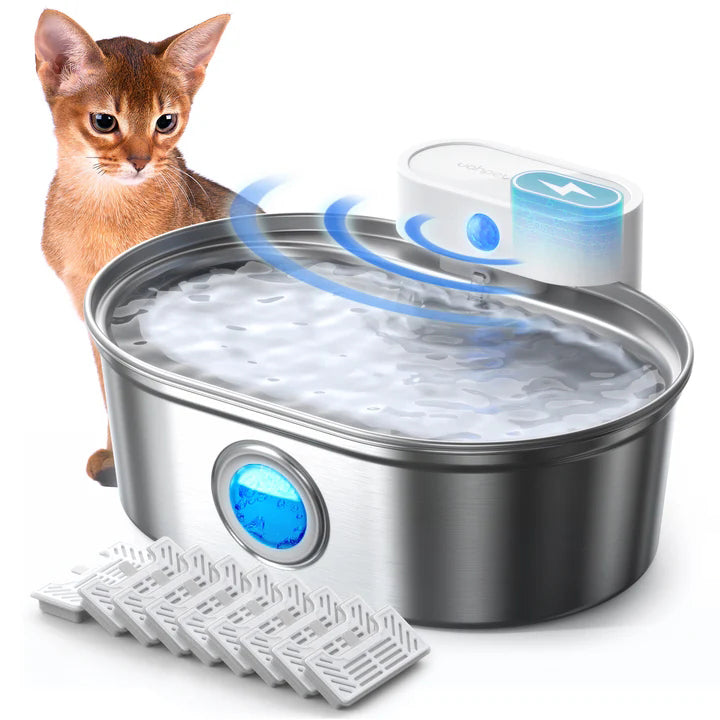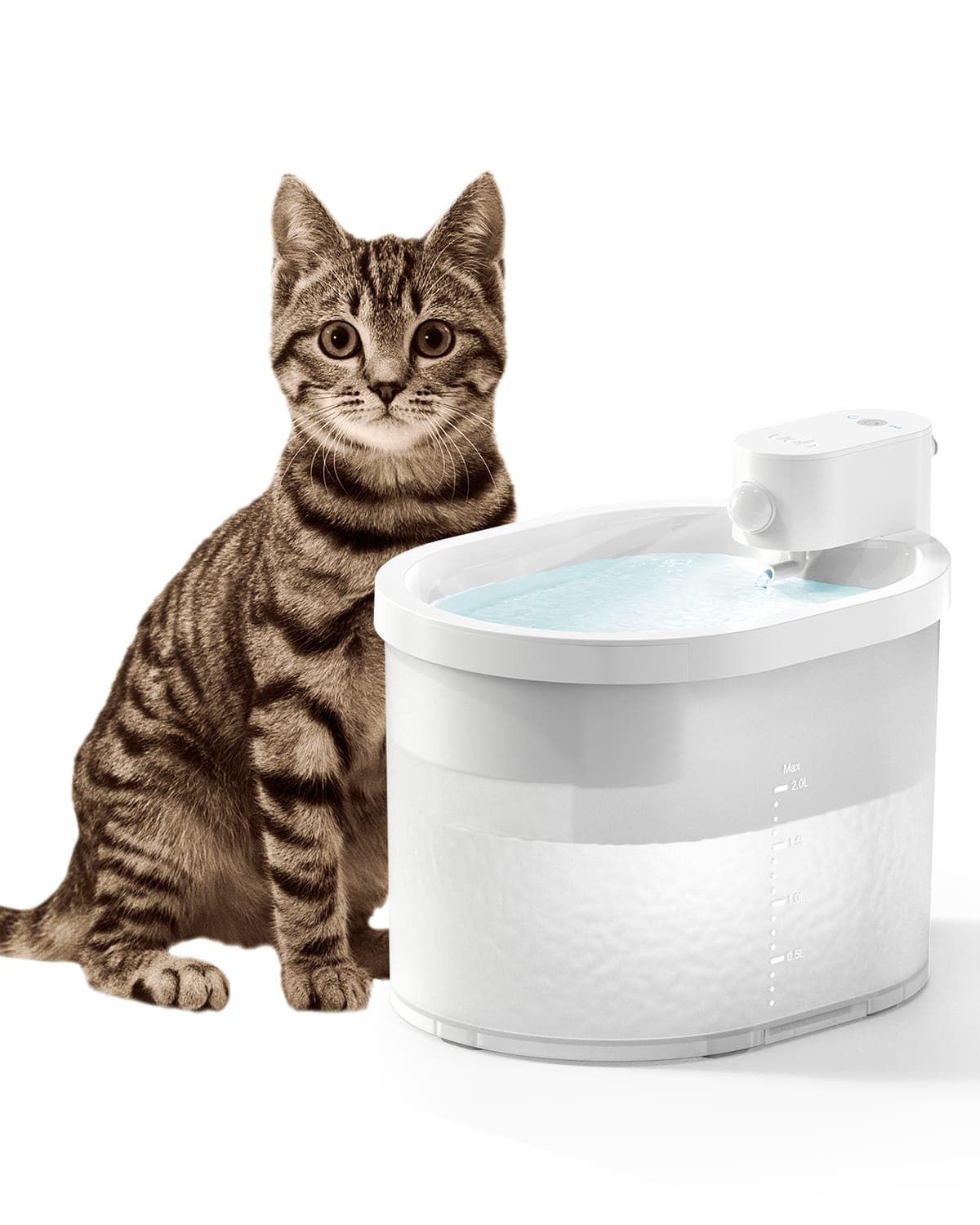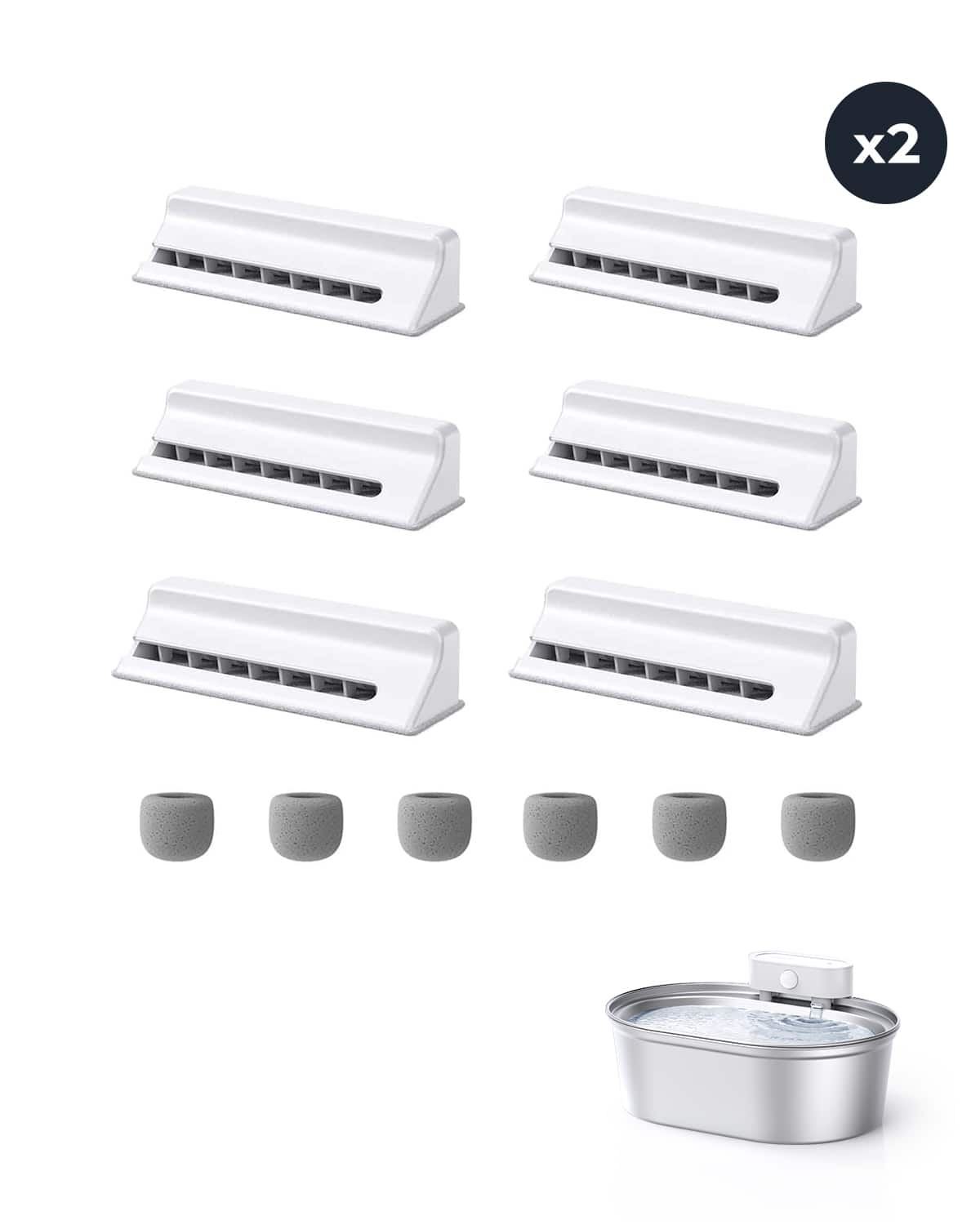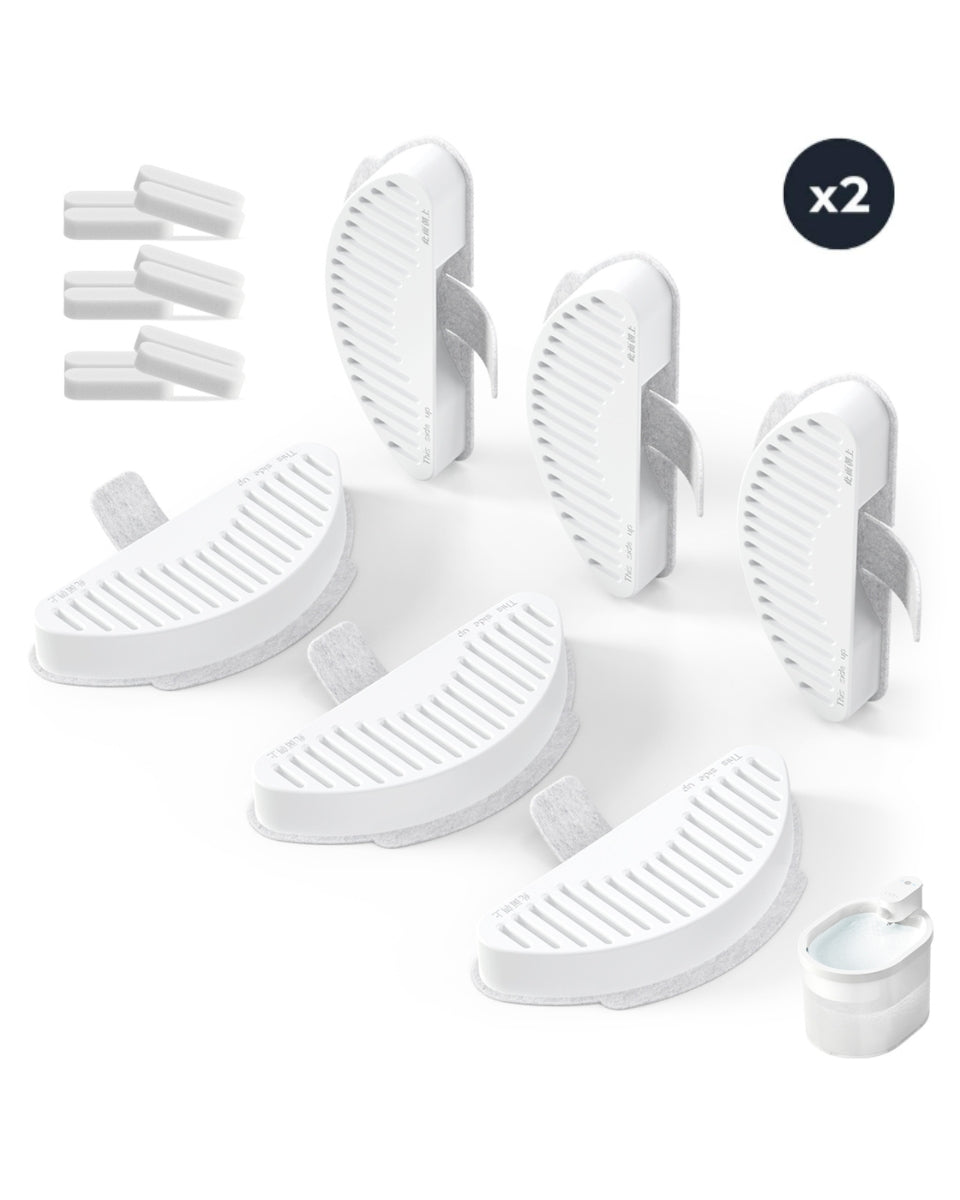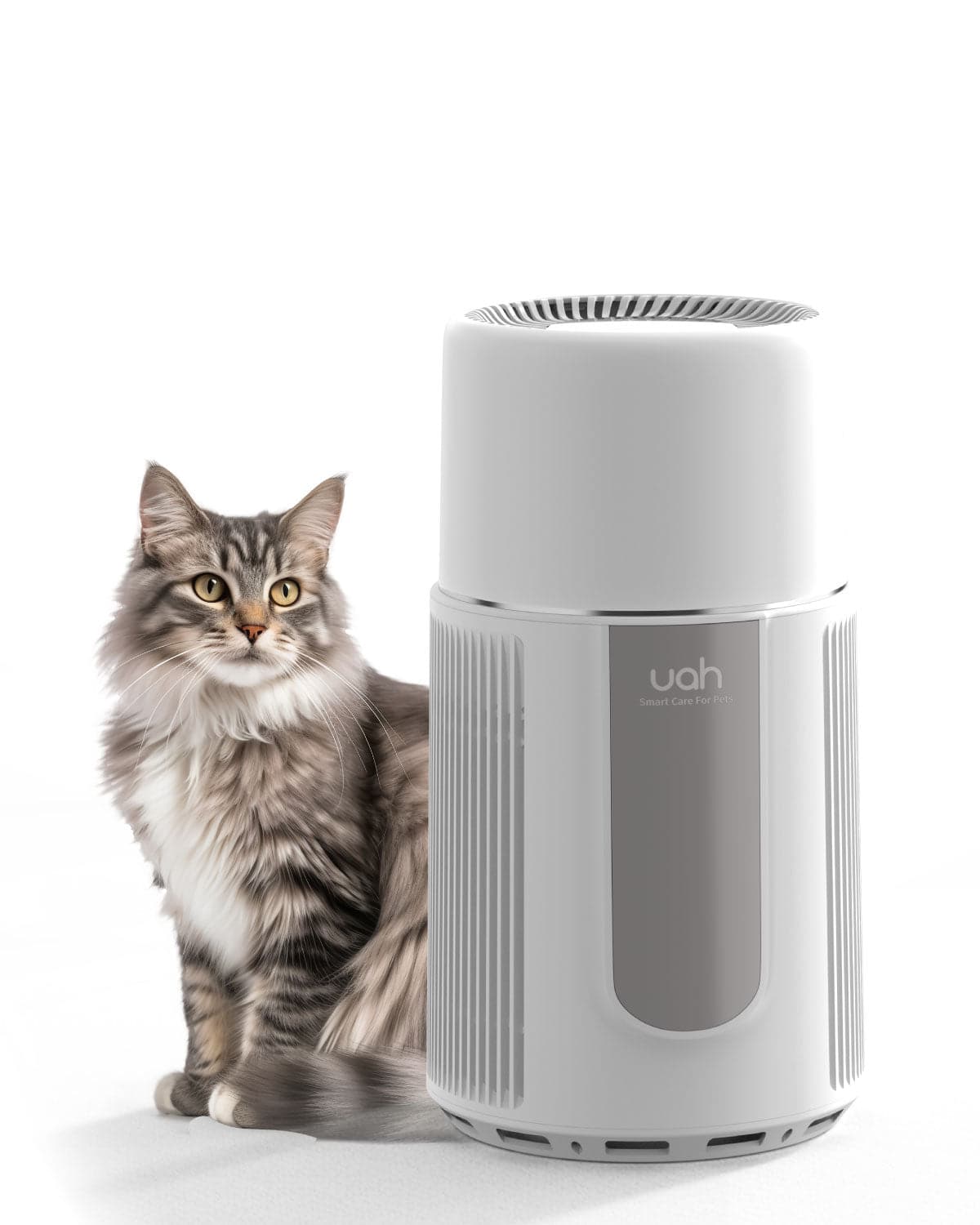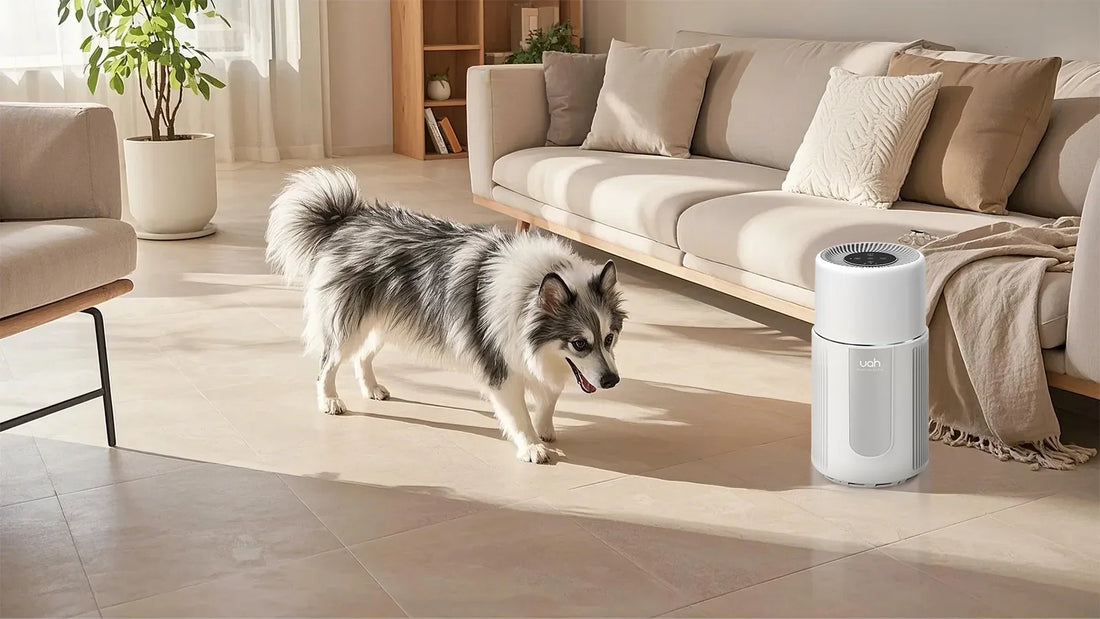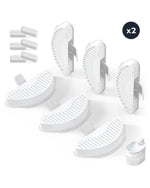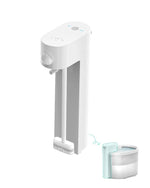When it comes to creating a healthy living environment for both you and your furry friends, air purifiers for pets can be a game-changer. These devices are designed to tackle the unique challenges that come with pet ownership, such as dander, odors, and allergens. But with so many options available, it’s natural to have questions. This article dives into the most frequently asked questions about air purifiers for pets, providing you with the knowledge you need to make an informed decision.
How Do Air Purifiers for Pets Work?
Air purifiers for pets work by filtering the air in your home to remove contaminants that are common in households with animals. These contaminants include pet dander, hair, dust, and odors. Most air purifiers use a combination of filters, such as HEPA filters, activated carbon filters, and sometimes even UV light technology. HEPA filters are particularly effective at capturing tiny particles like pet dander, while activated carbon filters are excellent at neutralizing odors.
What Are the Benefits of Using an Air Purifier for Pets?
There are several benefits to using an air purifier in a home with pets. First and foremost, they can significantly reduce the amount of pet dander and hair in the air, which is especially beneficial for individuals with allergies or asthma. Additionally, air purifiers can help eliminate unpleasant pet odors, making your home smell fresher. They also contribute to a cleaner living environment by reducing dust and other airborne particles.
What Should I Look for in an Air Purifier for Pets?
When choosing an air purifier for pets, there are several factors to consider. Look for a device with a true HEPA filter, as this will be most effective at capturing pet dander and other small particles. An activated carbon filter is also important for odor control. Additionally, consider the size of the room where the purifier will be used, as you’ll need a device with the appropriate coverage area. Noise level and maintenance requirements are other factors to keep in mind.
How Often Should I Replace the Filters?
The frequency with which you need to replace the filters in your air purifier will depend on the specific model and how heavily it is used. Generally, HEPA filters should be replaced every 6 to 12 months, while activated carbon filters may need to be replaced more frequently, especially in homes with multiple pets. Always refer to the manufacturer’s guidelines for specific recommendations.
Can Air Purifiers Help with Pet Allergies?
Yes, air purifiers can be very effective at reducing the symptoms of pet allergies. By removing pet dander and other allergens from the air, they can help create a more comfortable environment for allergy sufferers. However, it’s important to note that air purifiers are not a cure for allergies and should be used in conjunction with other allergy management strategies, such as regular cleaning and grooming of your pets.
Are Air Purifiers Safe for Pets?
Air purifiers are generally safe for pets when used correctly. However, it’s important to choose a device that does not produce ozone, as this can be harmful to both humans and animals. Additionally, make sure to place the air purifier in a location where your pets cannot easily knock it over or tamper with it. Always follow the manufacturer’s instructions for safe use.
Do Air Purifiers Remove Pet Hair?
While air purifiers are primarily designed to capture airborne particles like dander and dust, some models can also help reduce the amount of pet hair in the air. However, for larger amounts of pet hair, you may still need to use a vacuum or other cleaning methods. Air purifiers can complement these efforts by capturing the smaller particles that are often missed during cleaning.
How Do I Maintain an Air Purifier for Pets?
Maintaining an air purifier for pets involves regular cleaning and filter replacement. Most devices have a pre-filter that can be vacuumed or washed to remove larger particles like pet hair. The HEPA and activated carbon filters will need to be replaced periodically, as mentioned earlier. Additionally, it’s a good idea to wipe down the exterior of the purifier to keep it free of dust and pet hair.
Can I Use an Air Purifier in a Multi-Pet Household?
Absolutely! Air purifiers can be particularly beneficial in multi-pet households, where the amount of dander, hair, and odors can be significantly higher. When choosing an air purifier for a multi-pet home, look for a model with a higher Clean Air Delivery Rate (CADR) and a larger coverage area to ensure it can handle the increased load.
What’s the Difference Between an Air Purifier and a Humidifier?
While both air purifiers and humidifiers can improve indoor air quality, they serve different purposes. Air purifiers are designed to remove contaminants from the air, such as pet dander and odors. Humidifiers, on the other hand, add moisture to the air, which can be beneficial in dry climates or during the winter months. Some households may benefit from using both devices, depending on their specific needs.
Investing in an air purifier for pets can make a significant difference in the air quality of your home, benefiting both you and your furry companions. By understanding how these devices work and what to look for, you can choose the right air purifier to meet your needs. Whether you’re dealing with allergies, odors, or just want a cleaner living environment, an air purifier can be a valuable addition to your home. Don’t wait—start exploring your options today and breathe easier knowing you’re taking steps to improve your indoor air quality.

